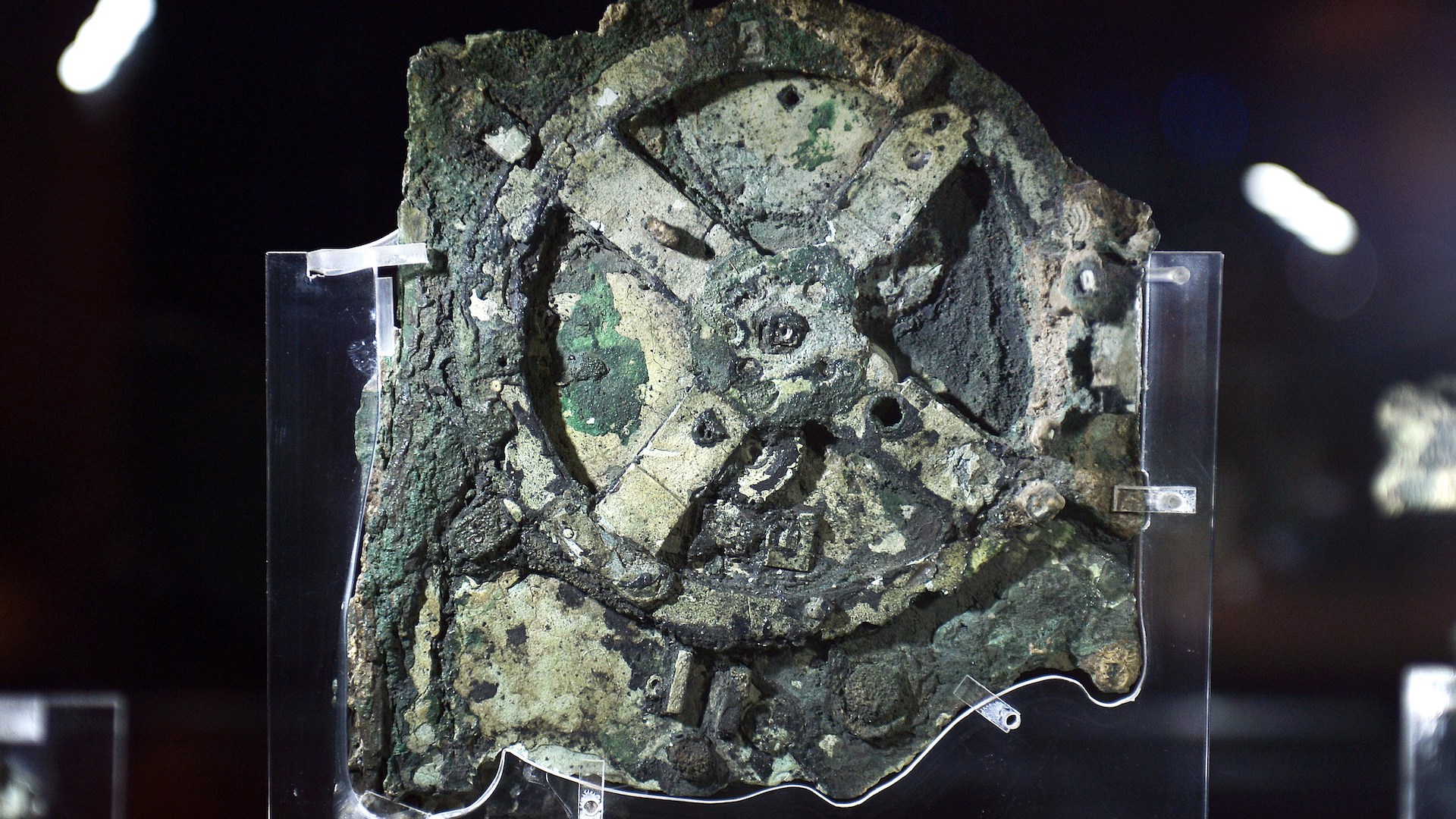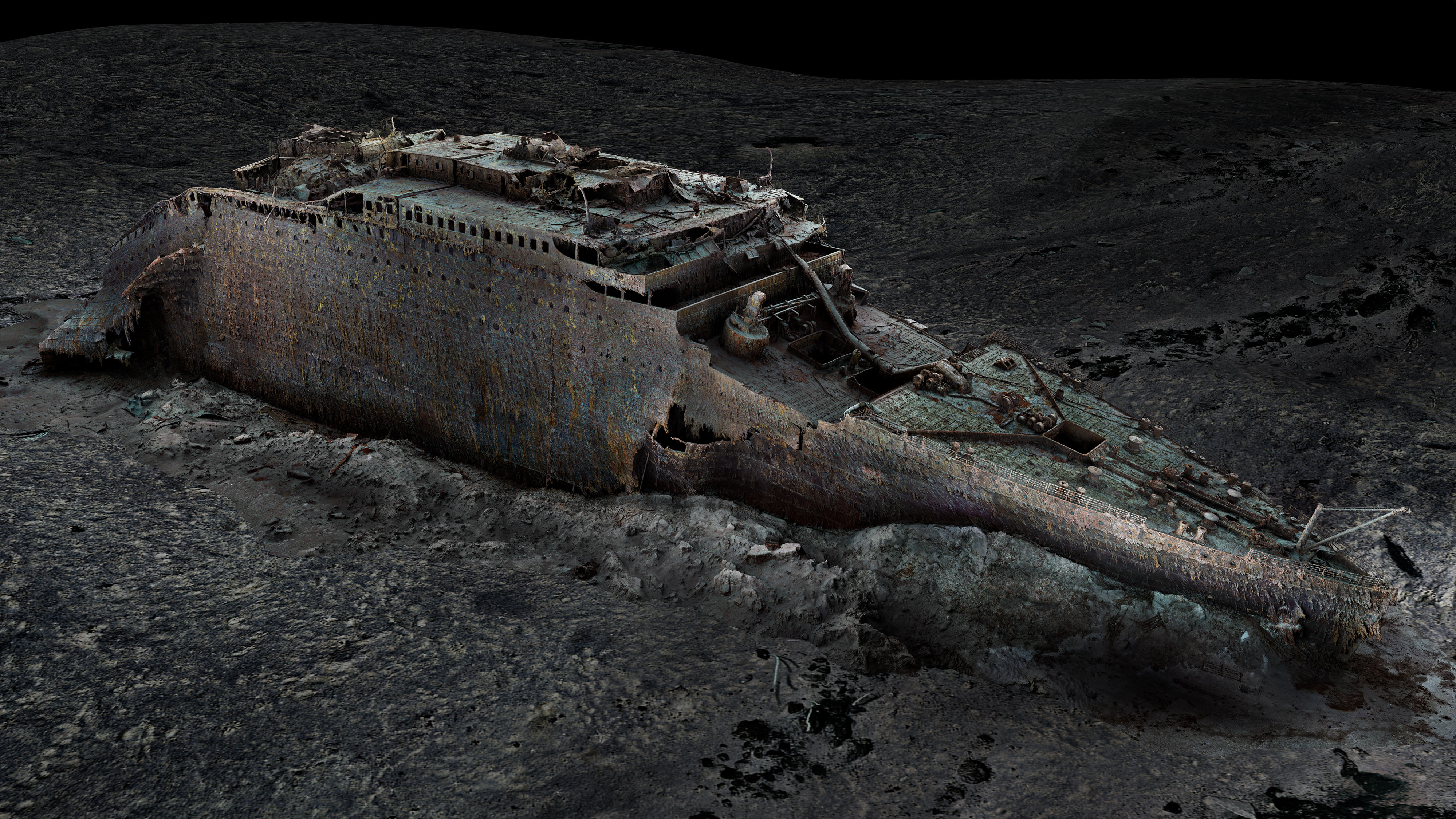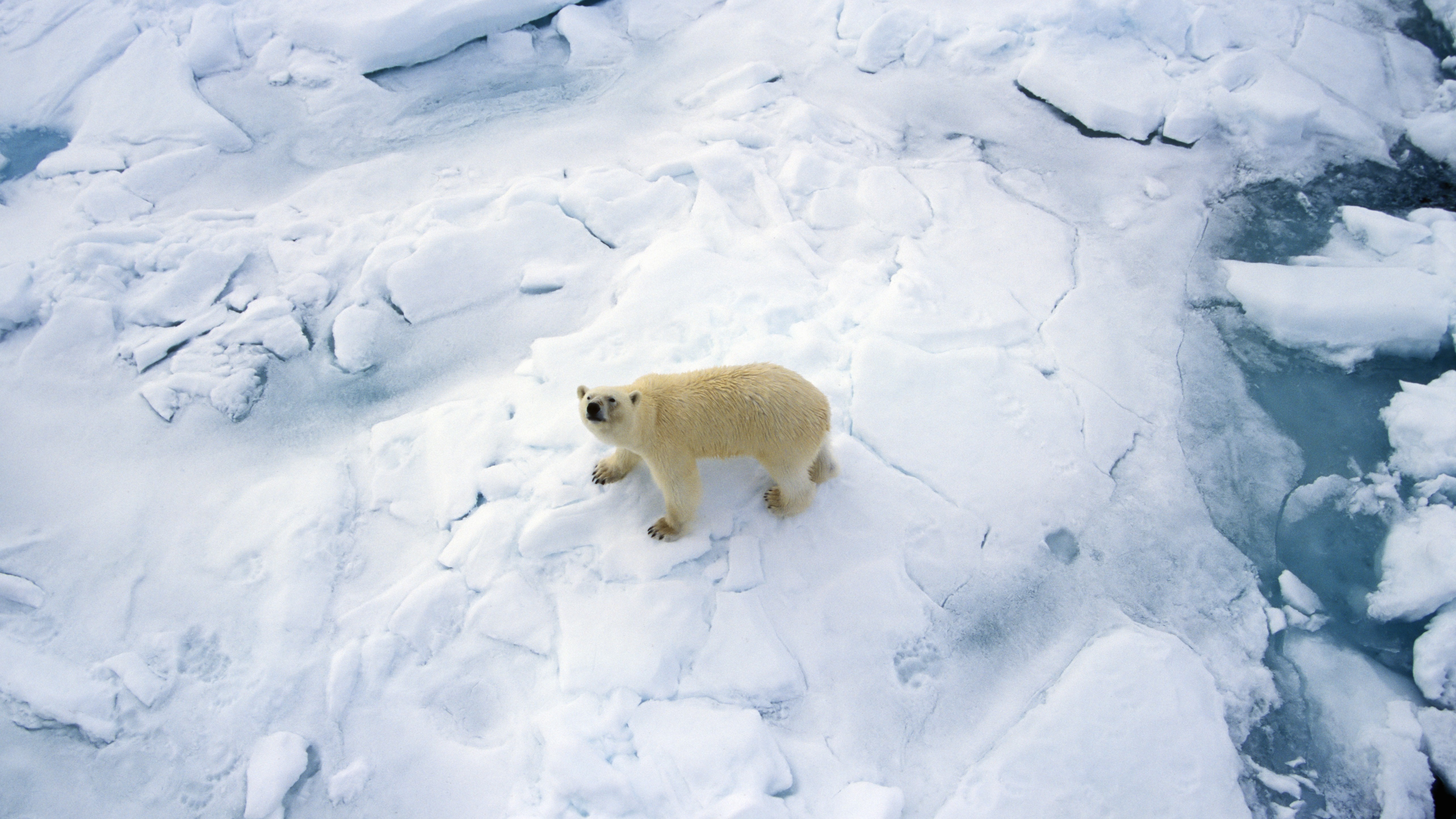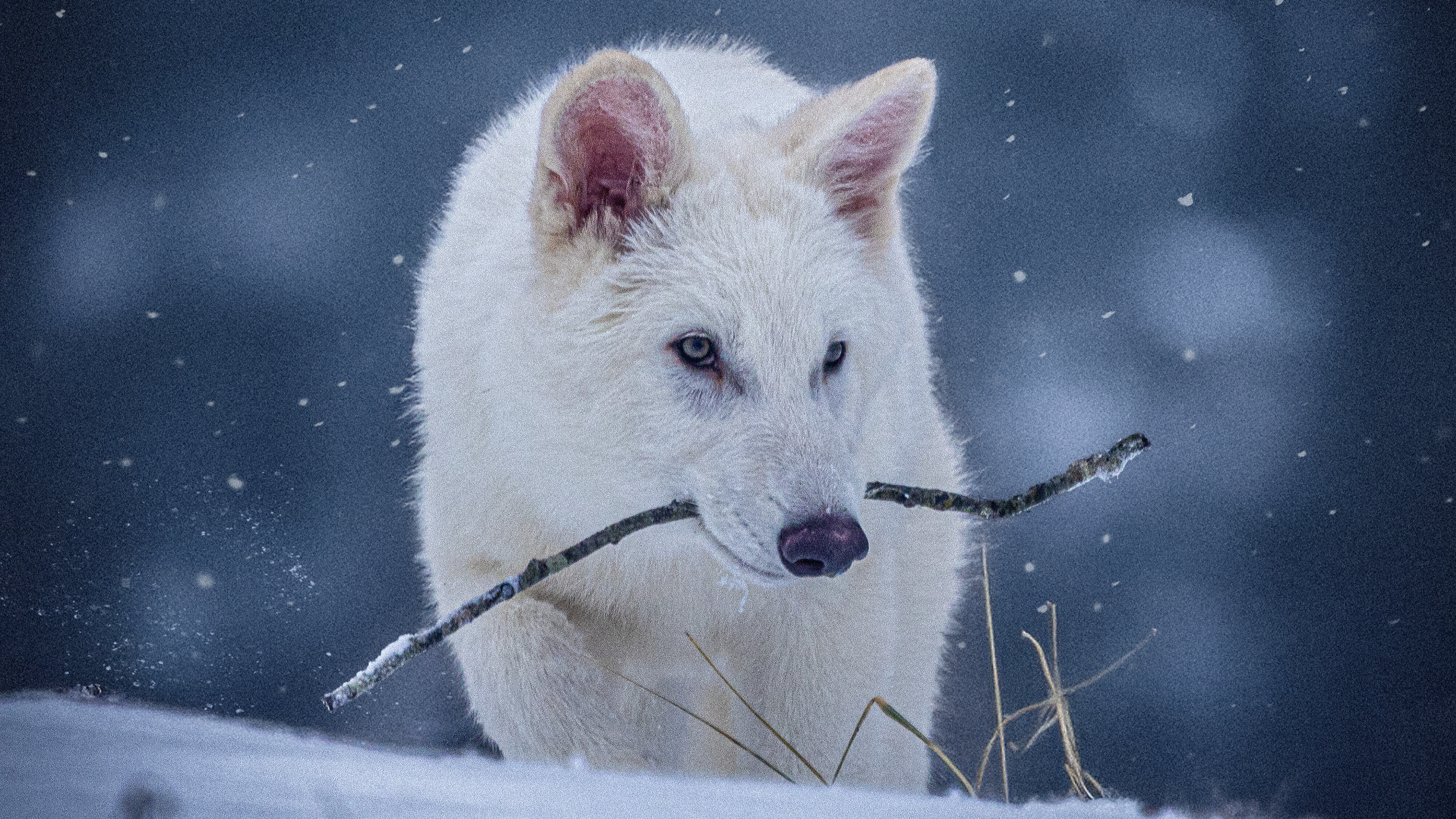Massive male great white shark tagged and released off Florida coast in new video
Scientists have tagged a giant male great white shark off the East Coast. The researchers said "Contender" is the largest male white shark ever caught and studied in the northwest Atlantic.
Researchers have tagged a giant great white shark off the East Coast of the U.S. that they say is the largest male they've ever studied in the northwest Atlantic.
The shark, which the researchers named "Contender," measured 13 feet, 9 inches (4.2 meters) long — about as long as a compact car — and weighed an estimated 1,653 pounds (750 kilograms).
Shark non-profit OCEARCH tagged the great white shark (Carcharodon carcharias) on Jan. 17, around 45 miles (70 kilometers) east of the coastline on the Georgia-Florida border. OCEARCH have since shared videos on social media of the moment Contender was caught and released.
Contender is the largest male great white shark ever caught, tagged and released by OCEARCH in the western North Atlantic region, according to the non-profit. OCEARCH researchers tag white sharks spending their winters off the southeastern United States.
Dr. Harley Newton, OCEARCH's chief veterinarian and senior veterinary scientist, told Live Science in an email that Contender was only the third adult animal they'd caught and sampled during the sharks' winter residency.
"Male white sharks mature at approximately 26 years of age and around 11.5 feet [3.5 m], so certainly we were excited to see an animal of his size at nearly 14 feet [4.3 m]," Newton said.
Related: 'Mega momma' great white shark killed on drumline may reveal secrets about iconic predator
Sign up for the Live Science daily newsletter now
Get the world’s most fascinating discoveries delivered straight to your inbox.
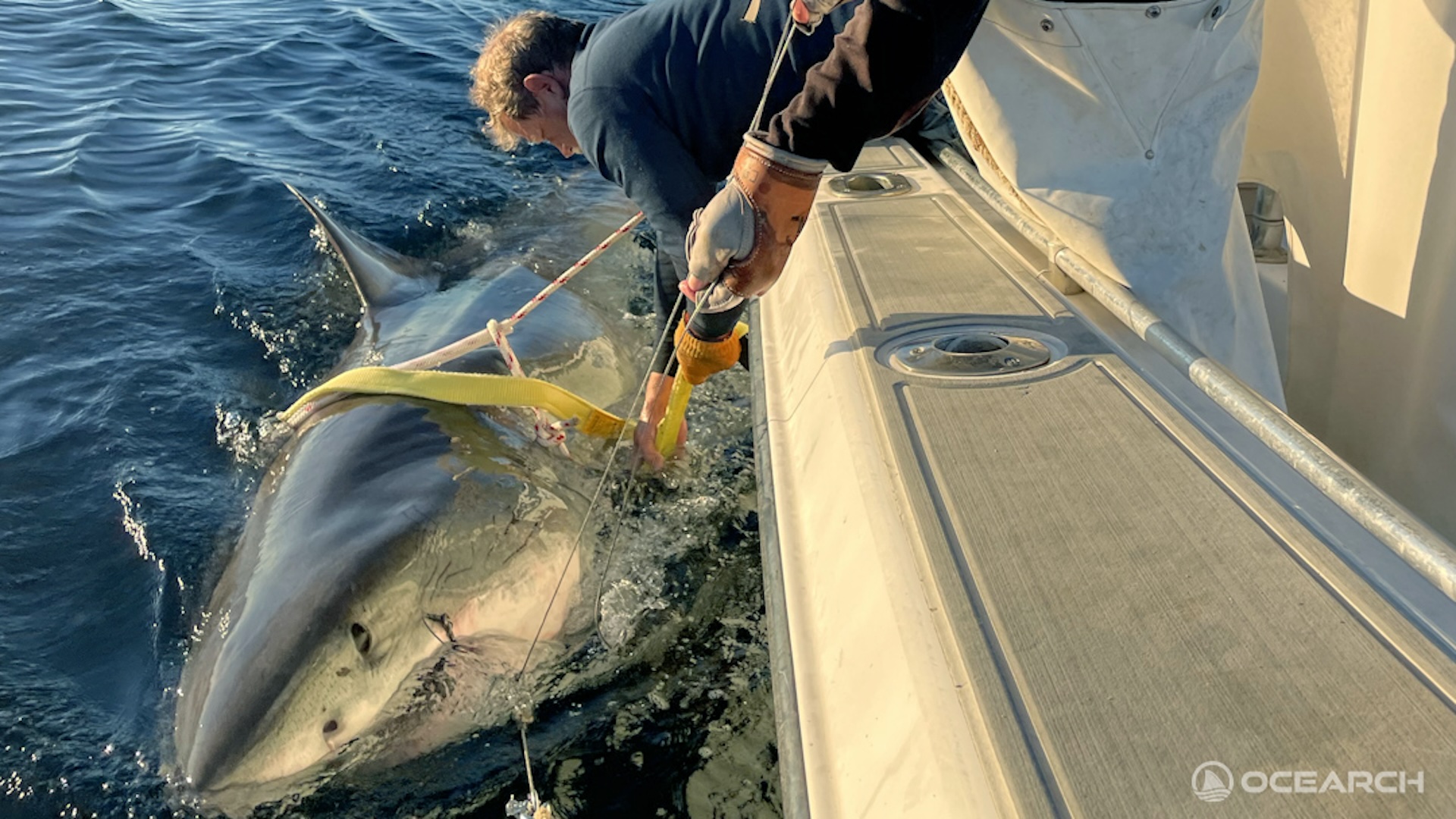
Most shark length records are estimates, and the larger estimates are often disputed. However, mature males are 11 to 13 feet (3.4 to 4 m) long, according to the Smithsonian National Museum of Natural History in Washington, D.C. That range means Contender is about 9 inches (23 cm) longer than a typical large male of this species.
Female great white sharks grow to around 20 feet (6.1 m) long — much larger than males — so Contender is far from the biggest member of its species on record. The biggest reliably measured great white shark was 19 feet, 9 inches (6 m), according to the Massachusetts Division of Marine Fisheries. However, there are unconfirmed reports of great whites growing to around 23 feet long (7 m), according to the Florida Museum of Natural History.
Newton said that because they don't encounter adult size white sharks of either sex very frequently, Contender was an important find. OCEARCH has been trying to better understand the lives of white sharks in the North Atlantic to help inform conservation efforts to protect them.
"The elusiveness of the adult animals for researchers may simply reflect that they spend their time in deeper waters/further offshore from sites where active tagging efforts are being performed," Newton said.
The team used a smart position and temperature transmitting (SPOT) tag to monitor the animal. A SPOT tag, which is fixed to the shark's first dorsal fin, sends a signal to a satellite each time the shark breaks the surface of the water, according to the World Wildlife Fund (WWF). The tag transmits the shark's position while also recording depth and temperature data.
Contender has traveled about 290 miles (470 kilometers) since he was tagged on Jan. 17, according to OCEARCH's shark tracking website, where they describe him as "the ultimate ocean warrior." The latest ping from his tag, recorded on Monday (Feb. 10), revealed he was out at sea east of Merritt Island, near Orlando, in Florida.
Shark quiz: How much do you know about these iconic ocean superstars?
Try more science quizzes:
—Animal quiz: Test yourself on these fun animal trivia questions
—Crocodile quiz: Test your knowledge on the prehistoric predators

Patrick Pester is the trending news writer at Live Science. His work has appeared on other science websites, such as BBC Science Focus and Scientific American. Patrick retrained as a journalist after spending his early career working in zoos and wildlife conservation. He was awarded the Master's Excellence Scholarship to study at Cardiff University where he completed a master's degree in international journalism. He also has a second master's degree in biodiversity, evolution and conservation in action from Middlesex University London. When he isn't writing news, Patrick investigates the sale of human remains.
You must confirm your public display name before commenting
Please logout and then login again, you will then be prompted to enter your display name.

